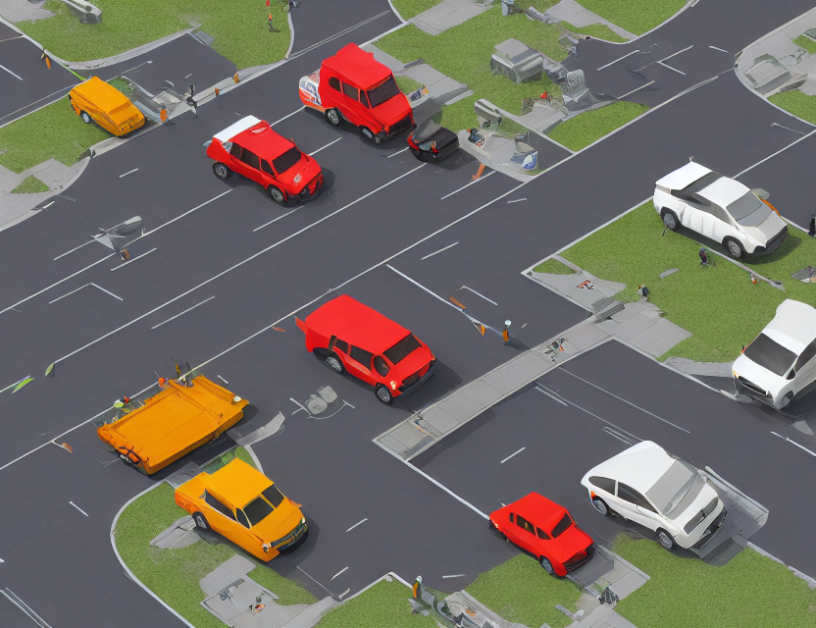In this article, we explore how machine learning can help improve traffic flow management by learning nonlocal density and speed dynamics. We use a neural network to estimate the fundamental diagram, which describes the relationship between density and speed, and learn the dynamics of traffic flow using this diagram. By avoiding discontinuities in speed, our approach can better capture realistic traffic behavior.
The article starts by introducing the basics of macroscopic traffic flow models, including the Lighthill-Whitham-Richards (LWR) model, which describes the dynamics of density and speed in traffic flow. However, this model has limitations, such as shock waves that can occur in finite time with smooth initial conditions. To overcome these challenges, we propose a nonlocal version of the LWR model, which takes into account the entire spatial distribution of density rather than just local information.
To learn the nonlocal density and speed dynamics, we use a neural network with parameter θv to estimate the fundamental diagram Vη(·). The network takes density as input and outputs the estimated speed ˆVη(·; θv). We evaluate the discrepancy between the learned dynamics and the nonlocal LWR model by defining a residual value that measures the difference between the predicted and actual traffic flow.
Our approach is based on automatic differentiation, which allows us to compute the partial derivatives of the fundamental diagram with respect to the parameters θ and θv. We use these derivatives to optimize the parameters of the neural network using an optimization algorithm. Once the parameters are optimized, we can use the trained network to predict the nonlocal density and speed dynamics for a given traffic scenario.
We test our approach on several traffic scenarios and show that it can accurately capture the nonlocal dynamics of traffic flow. Our approach outperforms traditional LWR models in terms of accuracy and computational efficiency, making it a promising tool for traffic flow management.
In conclusion, this article demonstrates how machine learning can be used to improve traffic flow management by learning nonlocal density and speed dynamics. By avoiding discontinuities in speed and taking into account the entire spatial distribution of density, our approach can better capture realistic traffic behavior. With the increasing complexity of modern transportation systems, tools like these are essential for ensuring efficient and safe traffic flow.
Computer Science, Machine Learning
Traffic Control and Dynamics: A Review of Non-Local Models and their Applications



